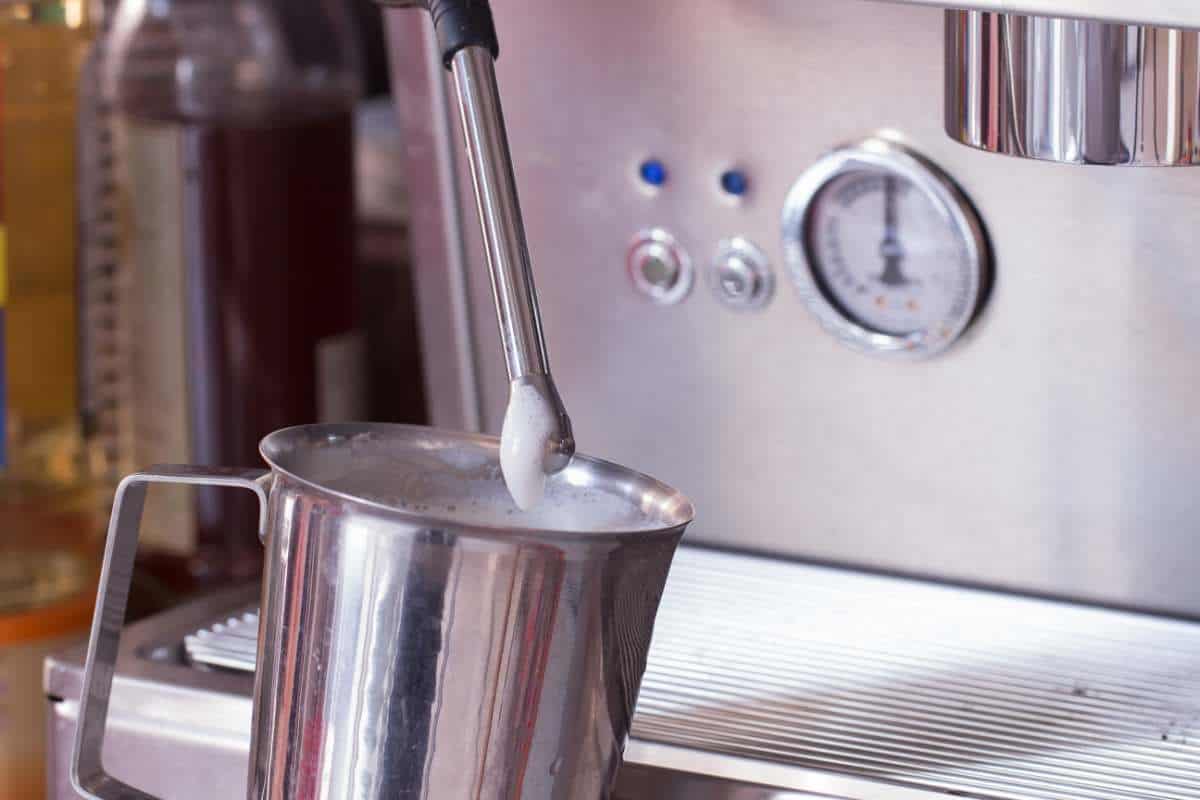Last Updated on December 19, 2023
Do you dream of recreating that velvety, creamy milk froth that baristas effortlessly whip up at your favorite coffee shop? If your homemade lattes don’t quite measure up, you could be making some common milk frothing mistakes. Don’t worry! We’ve got the lowdown on the top five frothing faux pas (anyone know the plural of faux pas?), so you can enjoy a café-worthy latte right in your own kitchen.
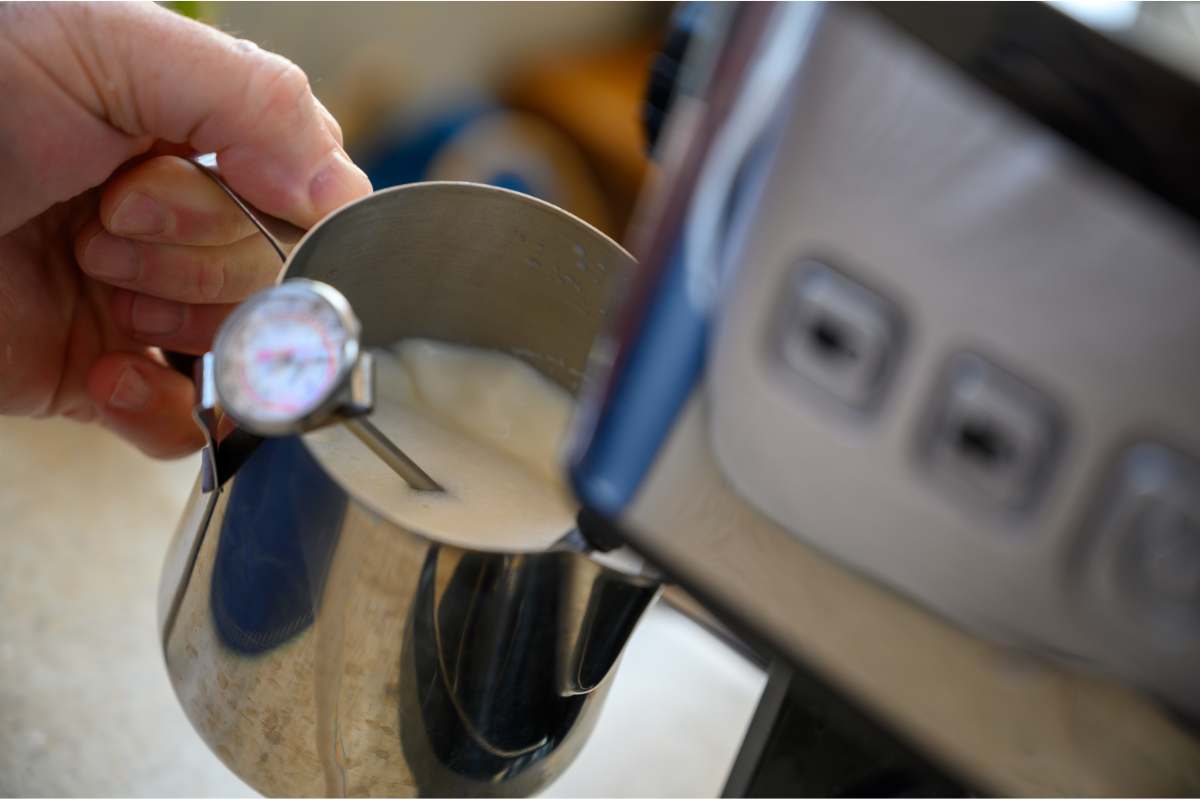
1. Choosing the Wrong Milk
You may think that all milk is created equal, but that’s not the case when it comes to frothing. Higher fat content can create a richer, creamier froth, but low-fat and skim milk typically produce a more stable foam. Some popular milk alternatives like almond or oat milk can also be frothed, but they may require a bit more finesse. The key is to experiment with different types of milk to find the perfect balance for your taste buds.
2. Using Cold Milk
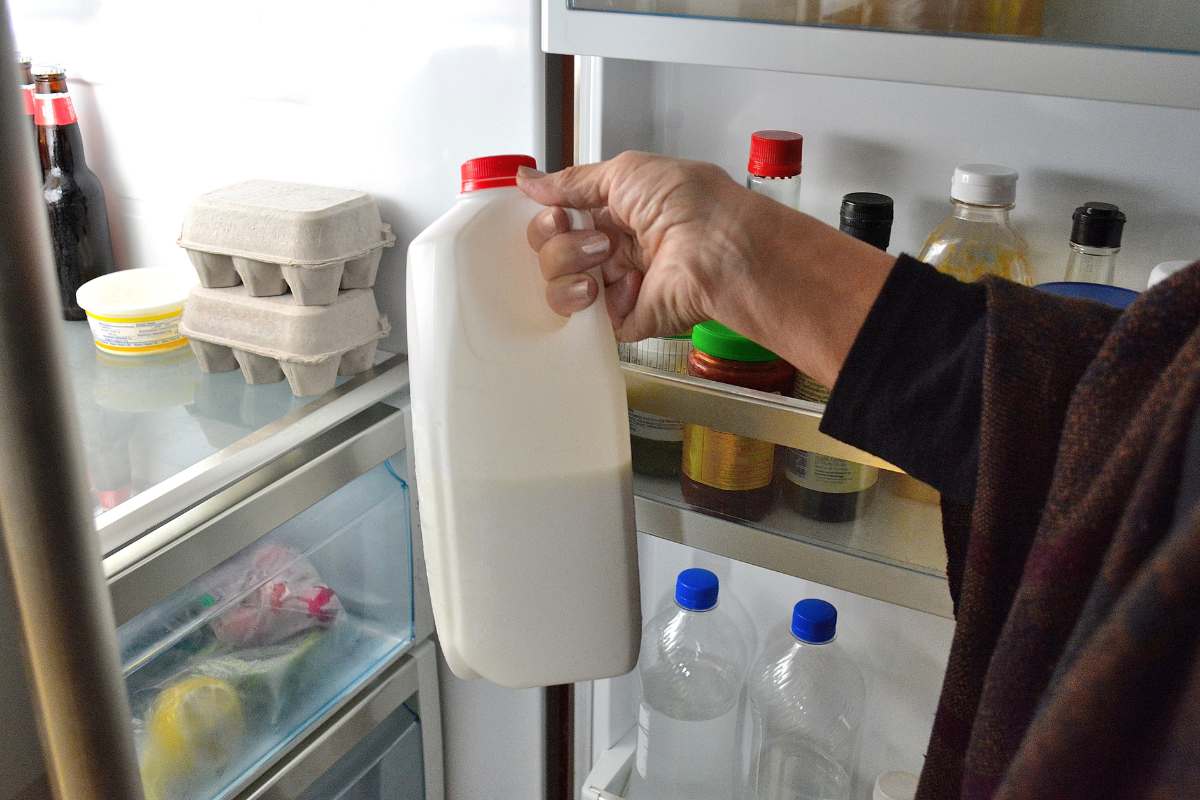
The temperature of your milk can make or break your frothing game. While it might be tempting to pull milk straight from the fridge, cold milk takes longer to froth and may not achieve the desired consistency. Instead, aim for milk that’s around 40-45°F (4-7°C), which is just below room temperature. This will help to create a silky, luxurious froth without over-steaming or scalding the milk.
3. Overfilling Your Frothing Pitcher
Less is more when it comes to frothing milk. Overfilling your pitcher makes it difficult to control the process and can lead to an uneven froth. For the best results, fill your pitcher no more than half full, and ensure there’s enough room for the milk to expand as it froths. Remember, you can always froth more milk if needed, but you can’t undo an overfilled pitcher!
4. Inconsistent Steam Wand Technique
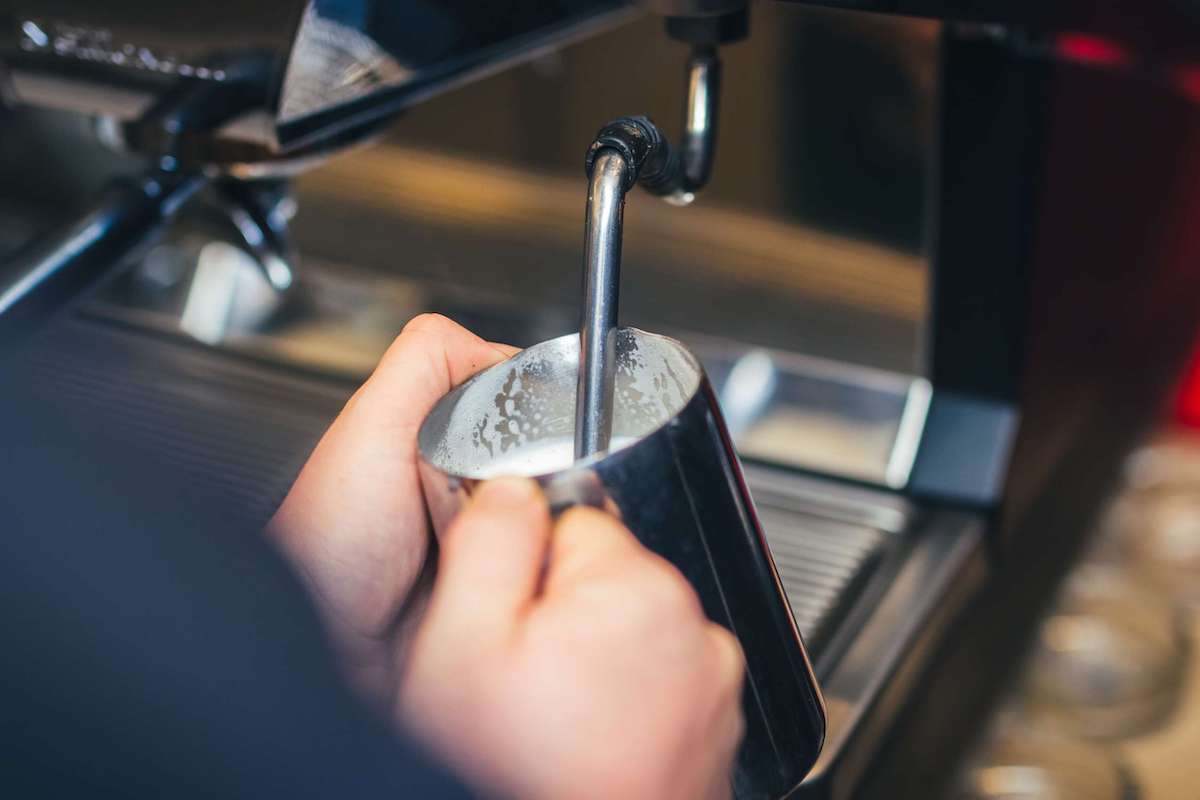
Mastering the steam wand is crucial for achieving that perfect froth. Submerge the wand just below the milk’s surface at a slight angle to create a whirlpool effect. Avoid plunging the wand too deep or too shallow, as this can result in large bubbles or a splattering mess. If you hear a tight hissing, spitting sound, like making a “ts” sound with your tongue and teeth (think “pizza”), that’s the sweet spot. Keep the wand steady and maintain the whirlpool until your milk has doubled in volume and reached the desired temperature (around 150°F or 65°C).
5. Not Cleaning Your Steam Wand Properly
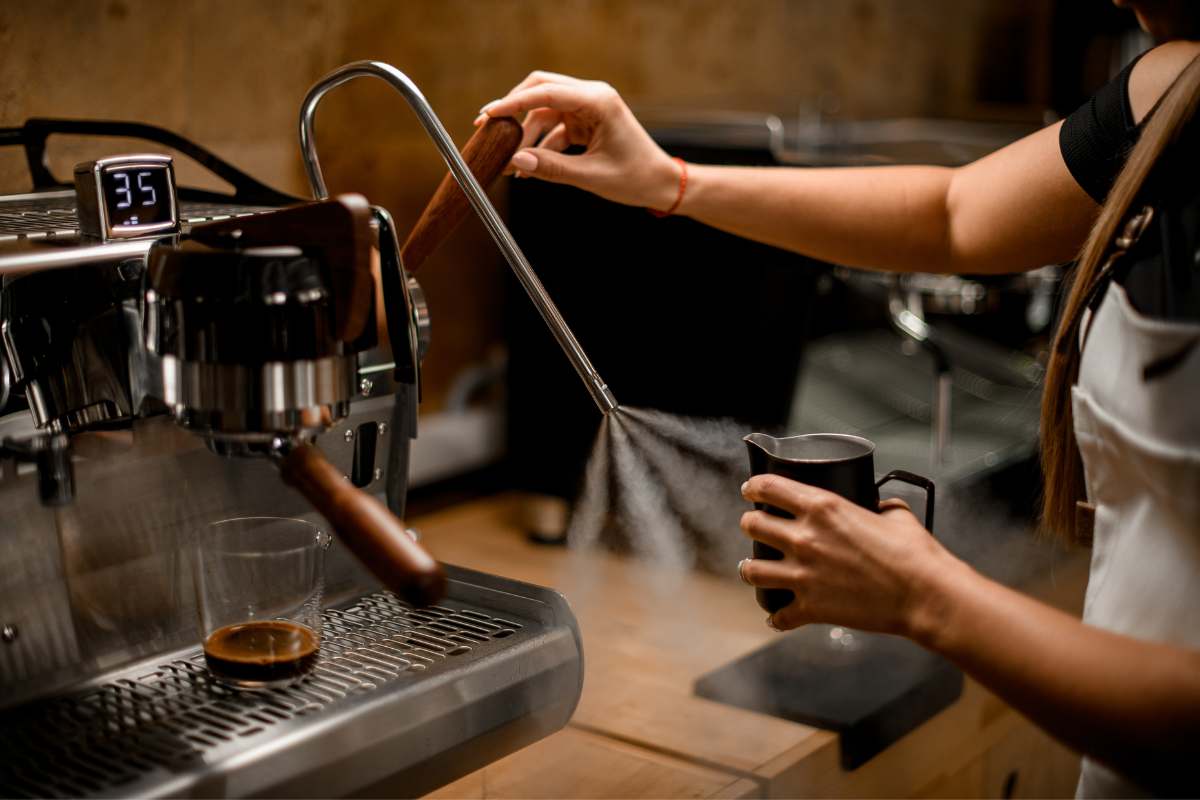
Don’t let the remnants of yesterday’s latte sabotage today’s frothy masterpiece! A dirty steam wand can not only impact the taste of your milk but also hinder the frothing process. Wipe the wand with a damp cloth immediately after each use to remove any milk residue, and purge the wand with steam to clear out any remaining milk particles. Regular cleaning will ensure your steam wand is always ready to create perfect froth.
With a little practice and attention to detail, you can avoid these frothing mistakes and elevate your latte game to new heights. So grab your favorite milk, warm it up, and get frothing! Your mornings (and Instagram feed) will never be the same again.

